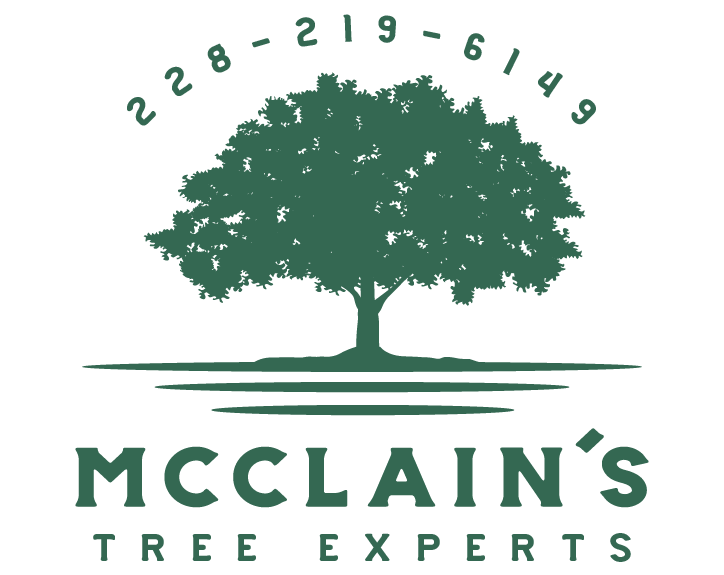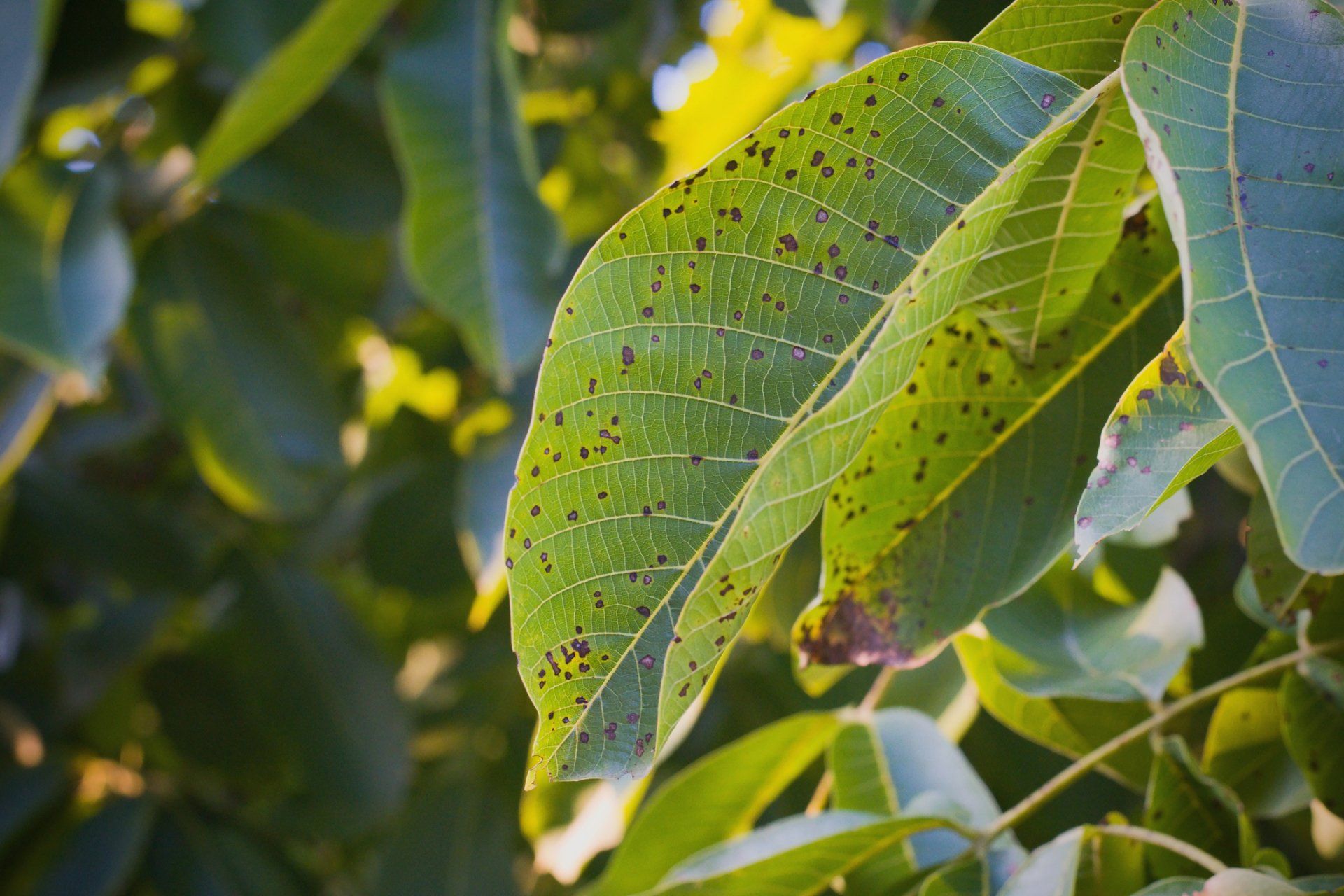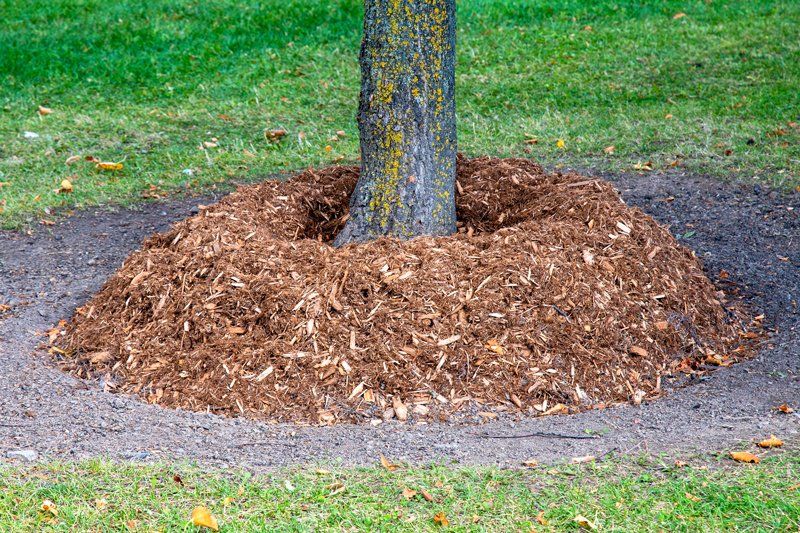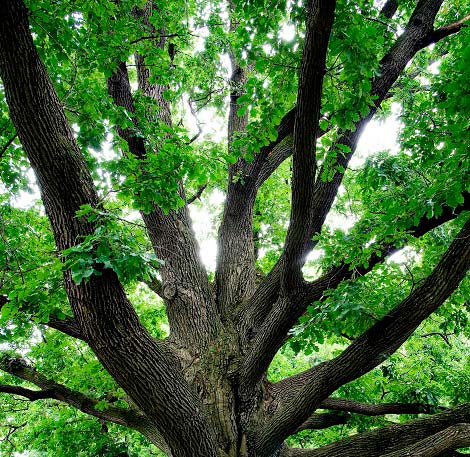Anthracnose: A Common Springtime Ailment for Trees
Spring has arrived. This is the season of warmer temperatures, abundant rainfall, and generous tree growth. These factors combine to create beauty and comfort, but they also create the perfect conditions for a certain tree disease to proliferate: anthracnose. If you have trees on your property, here are the basics you need to know about this common springtime tree ailment.
What Is Anthracnose?
Anthracnose is a fungal disease that can affect many different species of trees and also many garden plants and flowering plants. Like most fungi, those that cause anthracnose reproduce quickly in warm, moist conditions, which is why the disease typically appears in the springtime.
What Are the Signs of Anthracnose?
The primary symptom of anthracnose is the appearance of brown, dead spots on the tree's leaves. The spots may initially appear right next to the leaves' veins before spreading outward. Some trees may also develop little sores or brown spots, known as cankers, on their twigs.
How Serious Is Anthracnose
Anthracnose can make a tree look pretty bad, but thankfully, it's not as serious as it looks. The effects of the disease are mostly aesthetic. Unlike other fungi, which may move deeper into a tree's trunk and cause more serious illness and death, those that cause anthracnose remain pretty superficial. Your tree may look ugly, but it will recover as the season goes on.
There is one exception, however. When anthracnose appears on a flowering dogwood tree, the situation is quite serious. Unlike most other plants, dogwoods aren't skilled at fighting off the fungi that cause anthracnose. With each season, an affected dogwood tree will grow weaker and weaker, eventually succumbing to the infection. Dogwoods can recover but only with intensive care.
How Do You Care for a Tree With Anthracnose?
If you have a dogwood tree with anthracnose - or any other tree that you want to help out because you can't stand its blotchy appearance - implement these practices to help fight off the fungi.
- Prune away any diseased branches, and dispose of them properly, such as by burning them.
- Water the tree during dry periods, but apply water to the soil only.
- Have the tree professionally pruned to create more space between the branches for airflow. This keeps foliage dry so the fungi don't replicate as quickly.
- Collect and destroy leaves as they fall in the autumn.
What Other Tree Diseases May Be Mistaken For Anthracnose?
If your tree shows signs of disease this spring, look it over closely to ensure the symptoms are, indeed, indicative of anthracnose and not one of these other ailments.
Powdery Mildew Disease
Are the spots on your tree's leaves white, rather than brown? This is a sign of powdery mildew disease, which is caused by another moisture-loving fungus. You only need to worry if the disease appears on fruit trees; they need to be sprayed to protect the fruit. Other trees will recover on their own.
Brown Spot Needle Blight
Anthracnose only affects broadleaf tree, not needled pine trees. If your pine tree's needles are turning brown and splotchy, it may have a condition called brown spot needle blight, which slows its growth and can kill young seedlings.
Oak Wilt
If you have an oak with brown, patchy leaves, look closely at those leaves. If the patches begin at the edge of the leaf and grow towards the vein, the tree may have oak wilt, not anthracnose. (Anthracnose lesions spread out from the veins) Oak wilt is deadly and spreads quickly. Call a tree care company if you suspect your oak may have it.
Anthracnose is really common in the spring, but thankfully, it is usually nothing to worry about. If you are worried about a tree with anthracnose or signs of another disease, contact McClain's Tree Experts. We'll be happy to come take a look.





